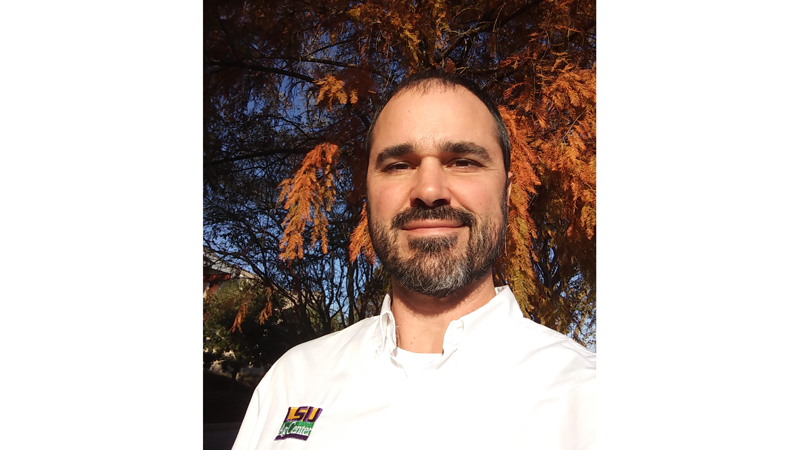Brock: July is the time to plant Halloween pumpkins
Published 12:00 am Saturday, July 4, 2020

- Andre Brock
|
Getting your Trinity Audio player ready...
|
July 4 is Independence Day, a holiday packed with summer tradition. Perhaps you’ll find yourself barbequing, relaxing by the water or blowing up a small part of the American landscape with Chinese-made fireworks. And of course, what would this celebration be without watermelon and… pumpkin?
Of course. pumpkins go with Halloween, but if you want to harvest in October… well, let’s do the math. Pumpkins take three months to produce, give or take a few weeks. So early-to-mid July is time to start.
Seed catalogs and local garden centers have been overrun this spring, but seeds are still available. There are very small through large pumpkins to choose from. Dr. Jimmy Boudreaux, retired horticulture professor, told me more than once, “Pumpkins come into this world looking for a place to rot.” They’re not commercially produced easily in Louisiana, but they do fine for backyard growers like us. Having conducted a variety trial several years ago, Dr. Boudreaux and I found that the smaller ones were less prone to rot. We can grow big pumpkins; but without a lot of fungicides, don’t expect to grow one the kids will fit inside.
 The LSU AgCenter’s Dr. Kiki Fontenot led a variety trial intended for commercial growers in 2016, and the results are online. You’ll find more varieties there and details on top performers, and you and I can use the same information. (https://www.lsuagcenter.com/articles/2016%20lsu%20agcenter%20pumpkin%20variety%20results)
The LSU AgCenter’s Dr. Kiki Fontenot led a variety trial intended for commercial growers in 2016, and the results are online. You’ll find more varieties there and details on top performers, and you and I can use the same information. (https://www.lsuagcenter.com/articles/2016%20lsu%20agcenter%20pumpkin%20variety%20results)
Like watermelons, pumpkins are space hogs. They want 36 inches or more of space between them, with larger varieties taking up to 60 inches. Bush types will be more compact than vining types. For very small pumpkins (under a pound), try ‘Jack Be Little,’ ‘Baby Bear,’ or ‘Gooligan.’ Small (under 5-pound) pumpkins include ‘Sunlight’ (white to yellow), ‘Darling’ (upright fruit), and ‘Early Abundance’ (bright orange). Medium pumpkins (5- to 10-pound; big enough to carve) include ‘Orange Smoothie’ (bush/compact vines), ‘Neon,’ ‘Charisma,’ and ‘Autumn Gold’ (AAS winner, 1987.)
We grew lots of great large pumpkins with the LSU Horticulture Club once. Dr. Boudreaux is heavy-handed with fungicide and claims we got lucky with weather. But don’t let him get you down. (Bear in mind larger varieties will take a little longer to develop fruit.) Some successes include ‘Cinderella’ (funny shade of orange/red), ‘Silver Moon,’ and ‘Magic Lantern.’
You can direct-plant the large pumpkin seeds, or start them in trays for a leg up. Use about half a pound of 10-10-10 or similar fertilizer per 10-foot row. Apply it and till it in about a week or two before planting. When vines begin to run, side-dress with three or four ounces of calcium nitrate per 10-foot row, or about a teaspoon per plant. Side-dress once more in three or four weeks.
When October gets here, you’ll have fruit developing. Harvest them when the color looks right and the skin gets hard. Another good sign of readiness is that vines are dying or yellowing. Leave several inches of stem on; you can always trim it shorter later if needed. Also for longer shelf/porch life, wipe them with a rag soaked in a 1:10 solution of bleach:water. Some varieties are “heirloom” types, so you can save the seeds for next year!
If you want to know more about gardening, landscaping or anything else horticultural, contact the St. John & St. James Parishes County Agent André Brock at abrock@agcenter.lsu.edu. Also, the LSU Ag Center’s website can be accessed at www.lsuagcenter.com with lots of user-friendly information, including this article.





